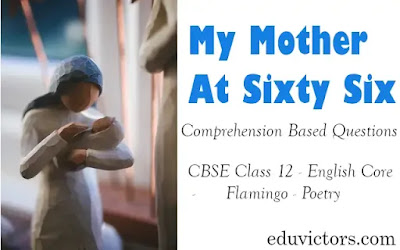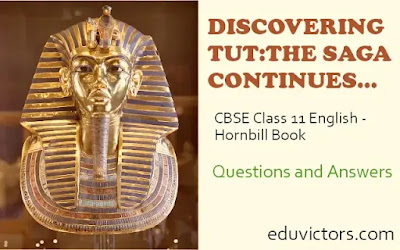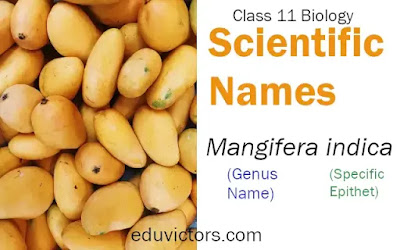My Mother At Sixty Six - Comprehension Based Questions
CBSE Class 12 - English Core - Flamingo - Poetry
Directions: Read the extracts and answer the questions that follow.
Blog provides NCERT solutions, CBSE, NTSE, Olympiad study material, model test papers, important Questions and Answers asked in CBSE examinations. References to Educational Sites and resources.
CBSE Class 12 - English Core - Flamingo - Poetry
Directions: Read the extracts and answer the questions that follow.


CBSE Class 10 Physics
Buy Oswal Science Question Bank (For 2021 Examination)
Directions: Read the question carefully and choose the right option from the choices given.

Questions and Answers

MCQs (Q1 - Q10)
Q1. The diameter of a circle is also a
(a) secant
(b) tangent
(c) radius
(d) chord
Q2. An equilateral triangle ABC is inscribed in a circle with centre O.The measure of ∠BOC is
(a) 110⁰
(b) 100⁰
(c) 120⁰
(d) 130⁰


1. Swedish botanist Carolus Linnaeus established binomial nomenclature.
2. Caper Bauhin expressed proposed binomial nomenclature for the first time
3. In binomial nomenclature, the first word is a generic name having first letter capital and second word is a specific epithet having first letter. e.g. Homo sapiens, Mangifera indica
4. After end of biological name, the name of author is written in abbreviated form who gave the name to that organism.
5. Both the words of a biological name when handwritten are separately underlined and when printed are typed in italics to indicate their Latin origin and also give respect to the name.

CBSE Class 12 - Physical Education

The first chapter of Chemistry talks about chemical reactions and equations. In a chemical reaction, reactants are transformed into products. In this series, the part-3 video discusses types of chemical reactions.
Following questions are covered:
Q1: What are the important types of chemical reactions.
Q2: What are combination reactions? Give examples.
Q3: Hydrogen burns in oxygen to form water. Identify the type of reaction.

Fill in the blanks with suitable words
1. _________ and _________ fibres are obtained from animals.
2. The famous Pashmina shawls come from the soft under-fur of the ________ goat.
3. Silk fibres come from _________ of silk _________.
4. Liama and Alpaca also yield_____________ and are found in_____________.

Please turn off the ad blocker. This is only way that we can earn some penny. Please support us by trun off the ad blocker.
Thank you!!